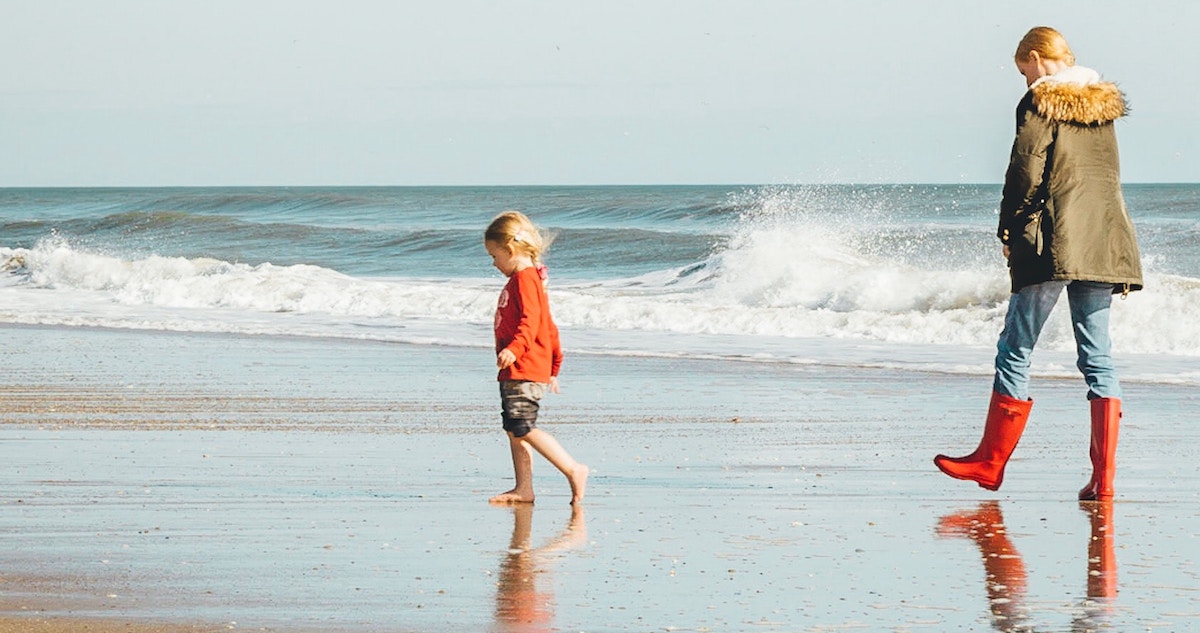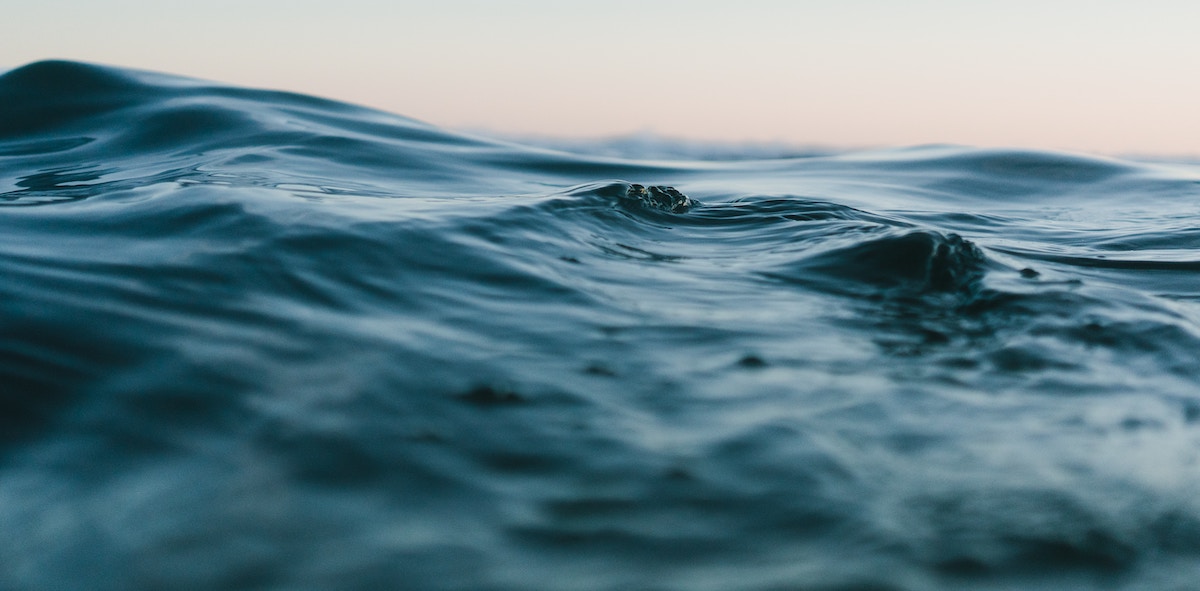How to Bring the Ocean Into Your Garden

Admittedly, the title of this article sounds a little destructive, inciting visions of a coastal wave blanketing a garden and uprooting its crops. That’s not what we’re talking about today. Instead, we want to honor the arrival of World Oceans Day (June 8) with a look at how you can incorporate ocean elements into your community or school garden. Doing so adds another layer of learning and enjoyment for your children/students. Let’s have a look at some fun activities and concepts that you can organize together with your kids.
Three Fun and Educational Ways to Introduce Ocean and Marine Concepts Into Your Community or School Garden
Beachcombing Treasures for the Garden
There are four common things you can find when beachcombing along the coastal waters of Canada. Driftwood is the easiest to find, and it can be used to create protective (from wildlife and storms) barriers around crops in an aesthetically pleasing manner. Seaglass is another, and its colorful and shimmering characteristics make it attractive to birds and other garden pollinators. Seashells are up next, and they can be repurposed as bird feeders while larger varieties can be used as planters for shallow-root herbs and plants such as mint, marjoram, and thyme. Lastly, we have the grouping of fishing floats, ropes, and nets which may also serve as protective barriers that (when painted) may attract pollinating birds. Furthermore, picking up and repurposing fishing scrap (the oceans largest polluter) is great for the coastal and deep-sea environment. View more on how to beachcomb for your garden.
Grow Crops in Sand?
It’s good for gardening activities to challenge kids. If soil conditions are always ideal, they won’t connect to many of the issues that populations from around the world experience. Beach sand is one of the least accommodating mediums for growing plants, which makes it ideal for challenging your children. Have the kids build a raised plant bed for which they will grow crops in a sand-soil mixture. It’s important for it to be raised and separate so that the salt from coastal sand does not compromise the health of adjacent crops.
While this may seem like an improbable task, inform young gardeners that while sandy soils (loam sand) do not absorb moisture well, they do provide great aeration, which allows oxygen to reach plant roots with ease. Knowing this, you can now identify which types of plants can be successfully grown in sandy soil. These include the following::
- Bearded Iris
- Black-Eyed Susan
- Butterfly Weed
- Cacti (and other succulents)
- Coreopsis
- Lamb’s Ear
- Lavender
- Phlox
- Purple coneflower
- Salvia
- Sedum
Have your kids research and vote for their favorites (two or three) and proceed to create a plan for growing these distinctive plants in the sandy bed. This lesson also ties into hydroponics, which is a unique urban farming concept that teaches kids how to grow food nearly anywhere.
Turning Seawater Into Garden Worthy Sustenance
Climate change across Canada has made water a finite resource. It seems as if watering restrictions get tighter with each passing spring and summer. This leaves many gardens in ruin, unless planning went into water conservation initiatives long before. One liquid resource that is not-so finite, is ocean water. But as you know it cannot be employed to hydrate people or soil unless it is “treated”. This is where your kids’ next ocean-themed activity comes in.
When diluted, seawater provides a number of nutrients and micronutrients that plants can thrive on. It does not replace fresh water, but can be used once a month to provide alternative moisture and add nutrients. Dilution is necessary to remove the concentration of salt, which is harmful to plants. Here’s what you need to do:
- Collect and Wait: Collect seawater in buckets from as fresh an ocean resource as possible. Avoid collecting it near swimming beaches, rivers, marinas, boats, or shipping lanes as the risk of contaminants is too high. Older kids (teens) can safely paddle out in a kayak to gather it away from the shore so that sand and debris are not collected with it. Leave the bucket/s uncovered for at least 24 hours as this allows for essential aeration, concentration of solids, evaporation, and the prevention of airborne microorganisms from growing.
- Dilute It: As soon as 24-hours (or longer) has passed, dilute the seawater by adding freshwater. The general rule is that for every part seawater, you must add 30 parts of fresh water, or about four ounces (120 ml) of seawater to one gallon of fresh water.
Once done you can treat plants about once a month. There is some “risk” to the health of a plant involved so we encourage kids to test this out on one small less-consequential crop in a raised and separated bed. Ultimately, the intent is to provide a learning experience, and not find a way to replace the use of fresh water (although the are implications at play).
You may also use seawater to teach your kids about desalination. Desalination removes harmful salt from seawater, and makes it usable for watering plants. Here is one helpful guide for how to desalinate saltwater for for watering plants. Like with the dilution method, only test this water out on one small non-food-producing crop.
Happy World Oceans Day!








